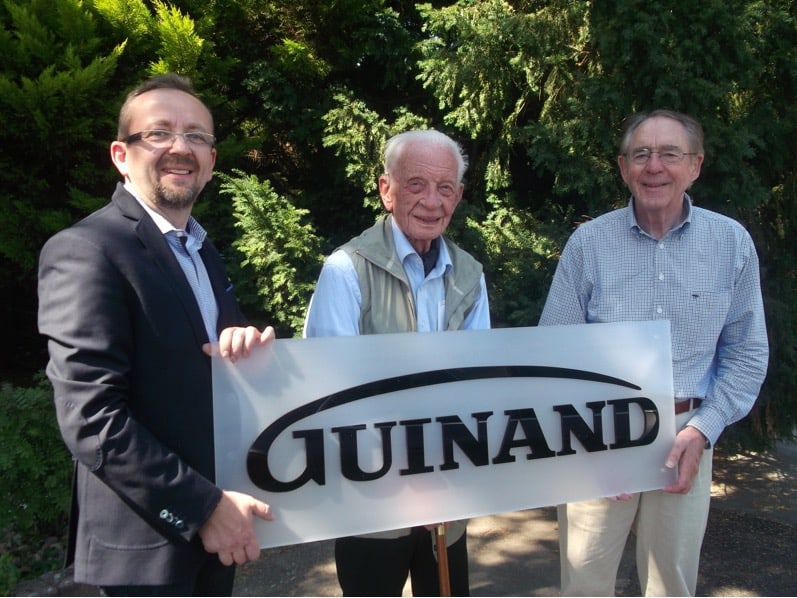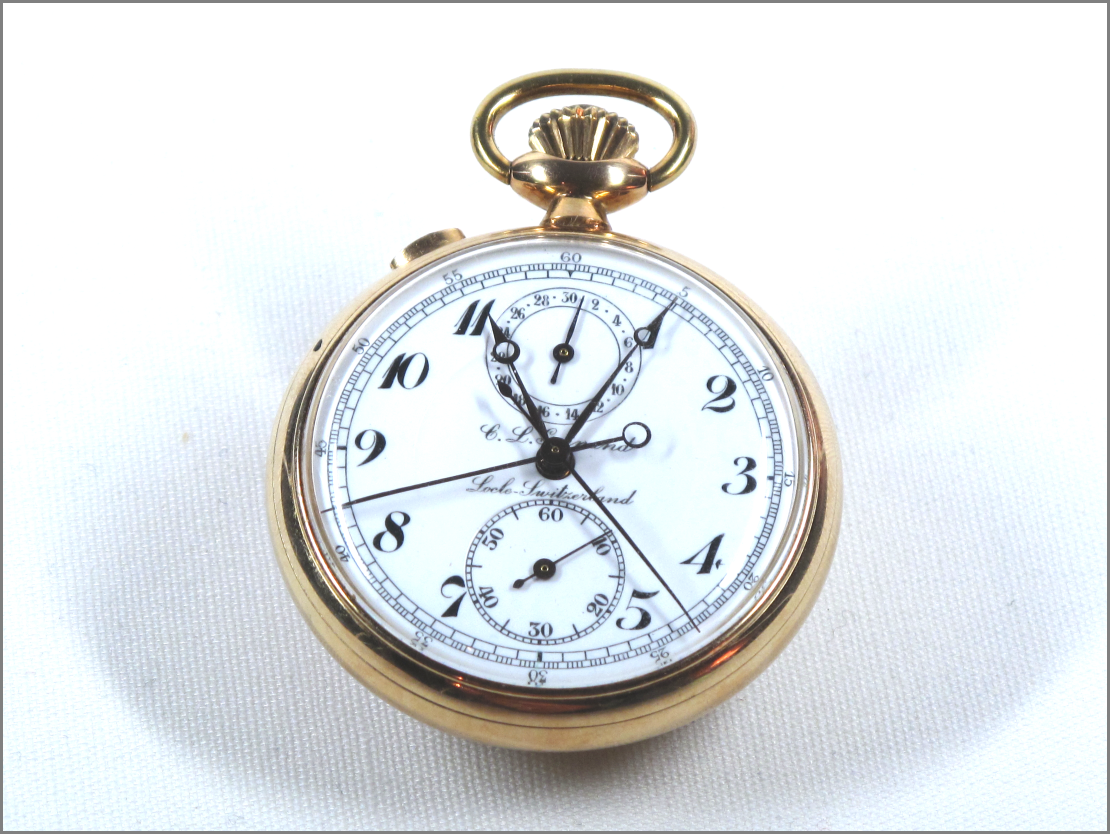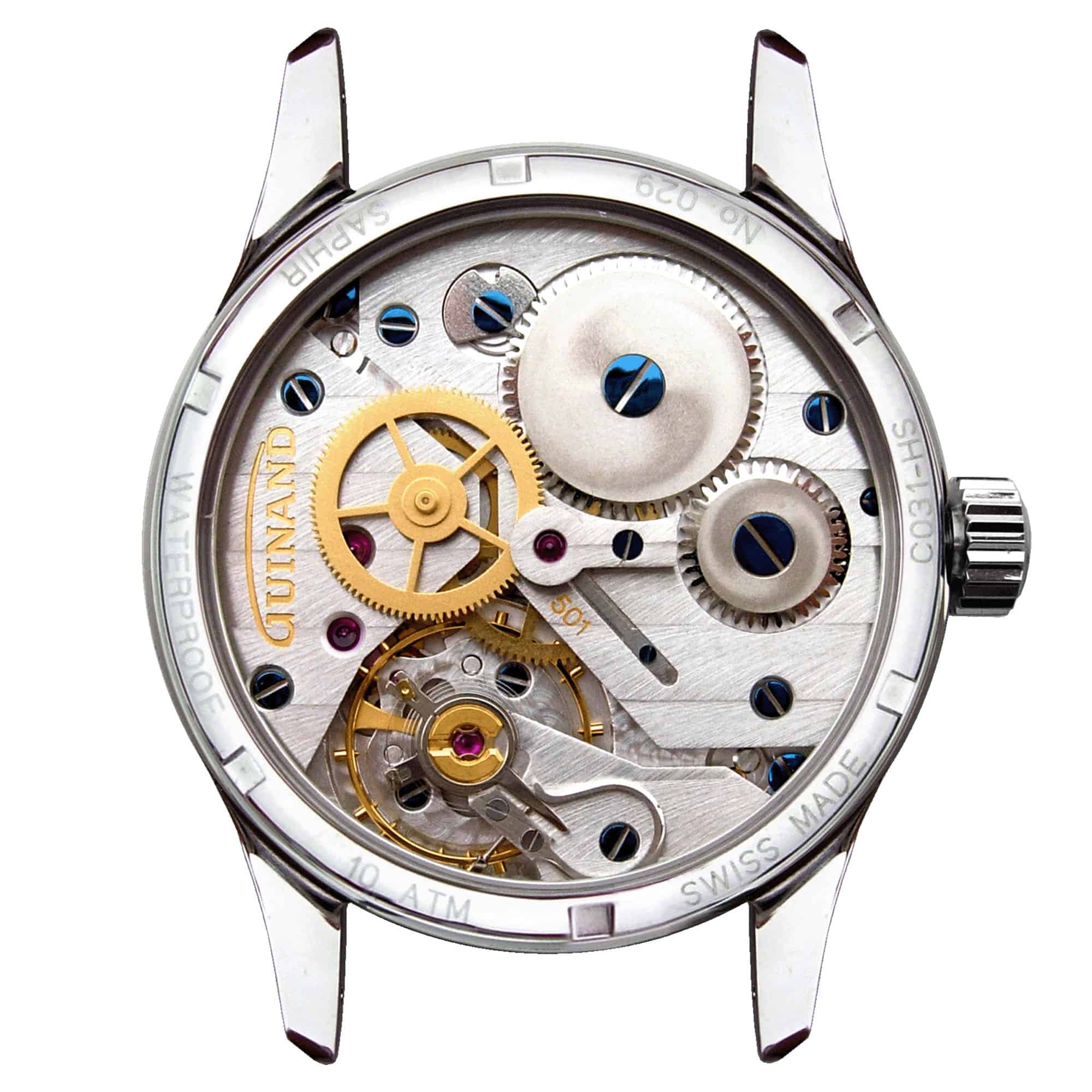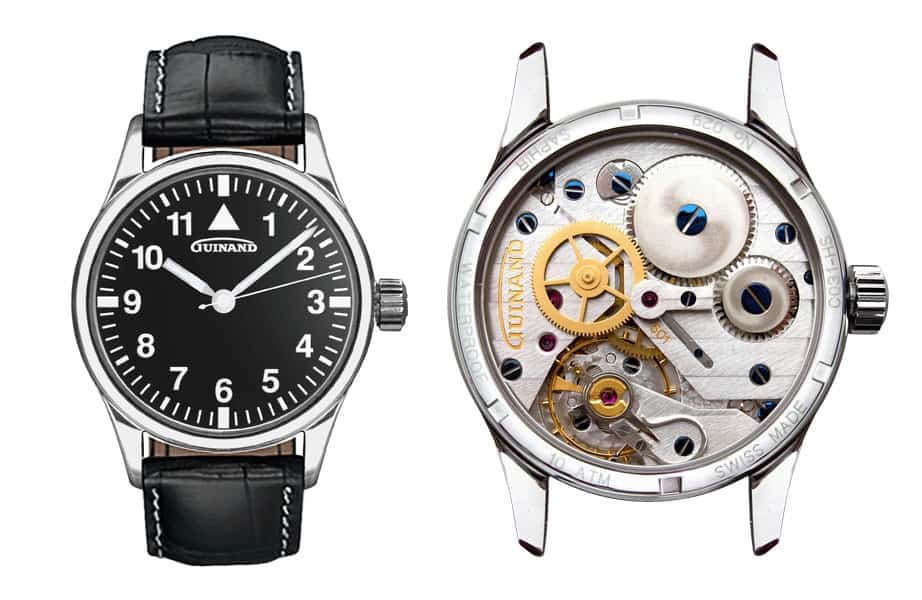Guinand is back! For the unaware, believe me when I say this is most welcome news. With a catalog of superbly built watches boasting interesting complications at fair price points, Guinand thankfully remains one of Germany’s best-kept watchmaking secrets. Guinand also has a connection to someone we here at worn&wound admire–the great Helmut Sinn, who ran Guinand for over a decade after selling his eponymous brand back in 1994. And like Sinn, Guinand’s focus on relatively affordable tool watches makes it a brand to watch. Today, we take a closer look at the Frankfurt-based firm, its storied past, and what will undoubtedly be its exciting future.

Guinand can be traced back to 1865, when brothers Julien-Alcide and Charles Leon Guinand founded the appropriately named Guinand Frères company in Les Brenets, an area of Jura, Switzerland with a well-established watchmaking tradition. The fledging brand saw near immediate success, producing pocket watches for an international clientele that included the United States. But by the early 1880s, an economic downturn and the sudden loss of the American market spelled trouble for the young firm. However, the crisis inspired innovation, and in 1881 Guinand brought to market its very first chronograph. It was a far-sighted move, and one that paid off well into the future. By the turn of the 20th century Guinand was putting out pocket watches with a slew of different chronograph complications, among them the rattrapante. In 1910, Guinand shifted focus to the assembly of wrist chronographs.










 Featured Videos
Featured Videos











